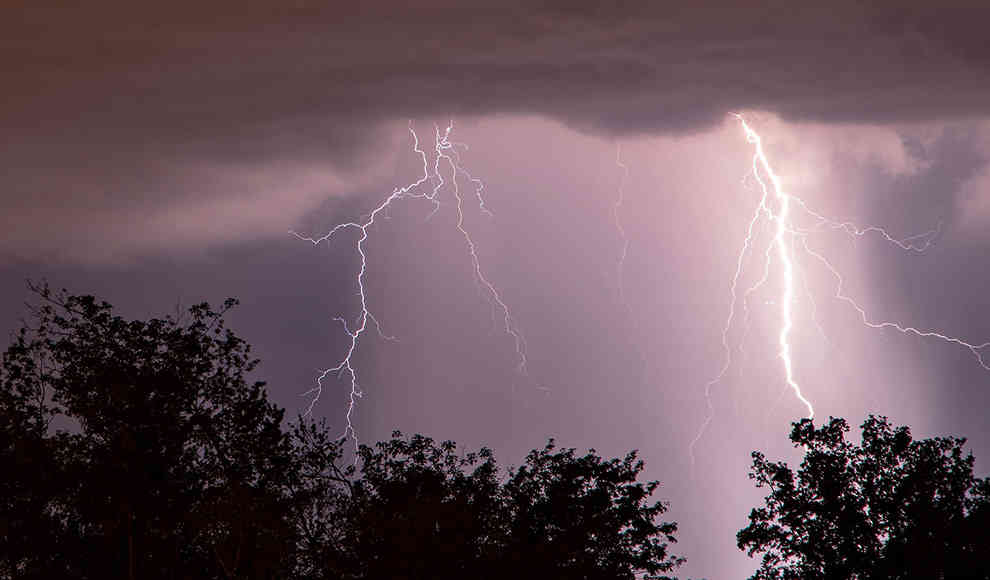In December 2014, detectors for cosmic radiation in Ooty, India, detected a record-breaking lightning bolt with an enormous voltage of around 1.3 billion volts. This new peak is ten times higher than the previous highest recorded lightning voltage. The data was collected by the GRAPES-3 detector, which is designed to investigate cosmic radiation on Earth. The detector consists of 400 scintillators spread over an area of 25,000 square meters. The scintillators can detect charged cosmic particles such as muons. When a muon hits a scintillator, it produces small flashes of light through luminescence. The intensity of the flashes reveals information about the energy of the muons.
The scientists who work with the GRAPES-3 detector have noticed increased energy levels of muons during thunderstorms. This prompted them to examine the recorded data during numerous past thunderstorms more closely. They discovered a thunderstorm on December 1, 2014, that broke all records with an atmospheric voltage of 1.3 billion volts discharged over the detectors. The scientists calculated that the thunderstorm had a voltage of around 1.3 billion volts. The researchers suggest that the enormous voltage of 1.3 billion volts could explain a previously unexplained phenomenon. For about three decades, high-energy gamma radiation has been detected during thunderstorms. However, a voltage of several hundred million volts is not sufficient to generate gamma radiation, but voltages of more than one billion volts are.
The new record-breaking voltage provides an explanation for why gamma radiation is created in the atmosphere during some thunderstorms. The scientists’ findings show that detectors for cosmic radiation, like GRAPES-3, are useful for analyzing thunderstorms. The GRAPES-3 detector’s data collection capabilities could help scientists better understand the physics of thunderstorms and the effects of lightning on the atmosphere.










